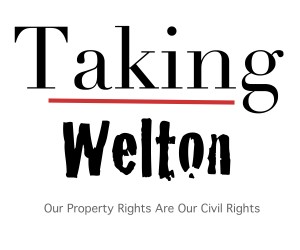Arvada urban renewal helps clean contaminated site near new rail stop
“A large portion of the $7.2 million in tax rebates going to the developer of a 352-unit residential development in Arvada will offset remediation costs related to decades of environmental contamination on the property east of Wadsworth Boulevard and 56th Avenue.
Under an agreement reached with Arvada’s Urban Renewal Authority, developer MKS Residential will be rebated 100 percent of property taxes collected through 2034 or until the $7.2 million is reached.
Total cost of Solana Olde Town Station is estimated at $82.3 million and comes during a massive development phase around the city’s historic center.
Maureen Phair, Arvada’s renewal authority director, said the high cost of hauling contaminated dirt offsite, cleaning the groundwater and removing six asbestos-laden buildings makes it highly unlikely a developer would be interested in the site without the tax rebate.
It’s a big constraint for this site — anyone who develops this needs to clean it up,” Phair said. “The big point that needs to be made is, that money does not exist there today. The developer is paying their way, they’re paying property taxes and then getting reimbursed for cleaning up a contaminated site.”
She added longtime property owner Lectra Products is under no obligation to clean the contamination. Any price paid for the land will be negotiated between Lectra and MKS.
Portions of the $7.2 million rebate will also be used to offset costs associated with building a 1.4-acre park along with retaining walls on the 15-acre property.
Representatives from Lectra and MKS did not return multiple phone calls asking for comment.
The contamination is a byproduct of degreasing agents used to clean metal, and groundwater testing found trichloroethylene levels hitting 30 parts per billion, well above the EPA threshold of 5 ppb maximum contaminant level.
Officials from the Colorado Department of Public Health and Environment said the levels are what would be expected on a site that’s seen four decades of industrial use.
“On the grand scale of things, it’s not a huge contamination problem,” said Jeannine Natterman, a CDPHE public involvement coordinator.”
Briggs, Austin. Denver Post 24 March 2015.
